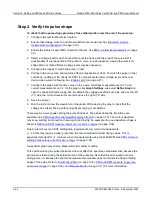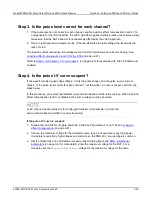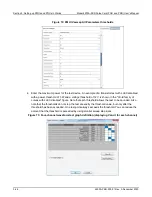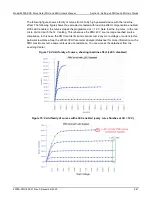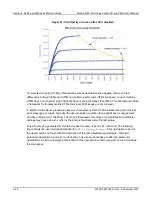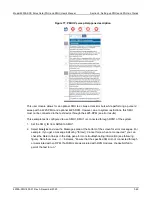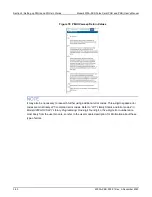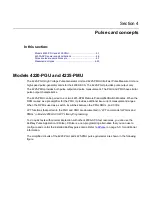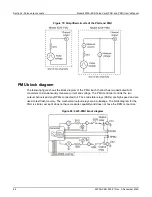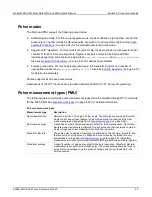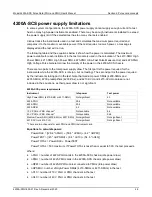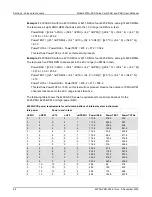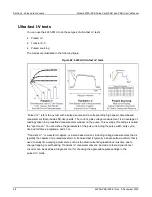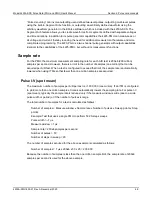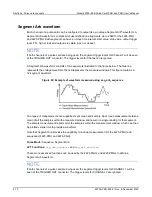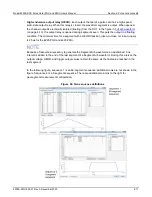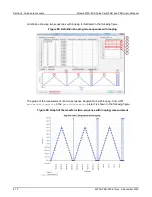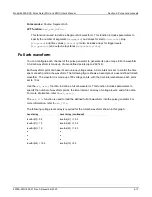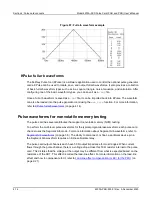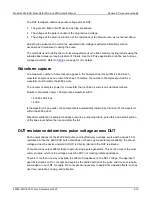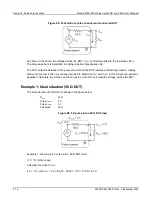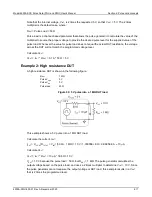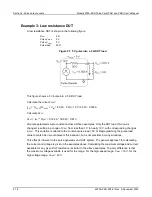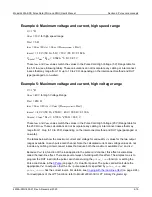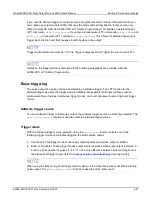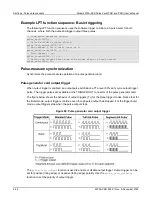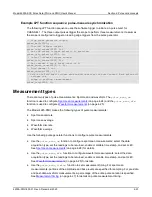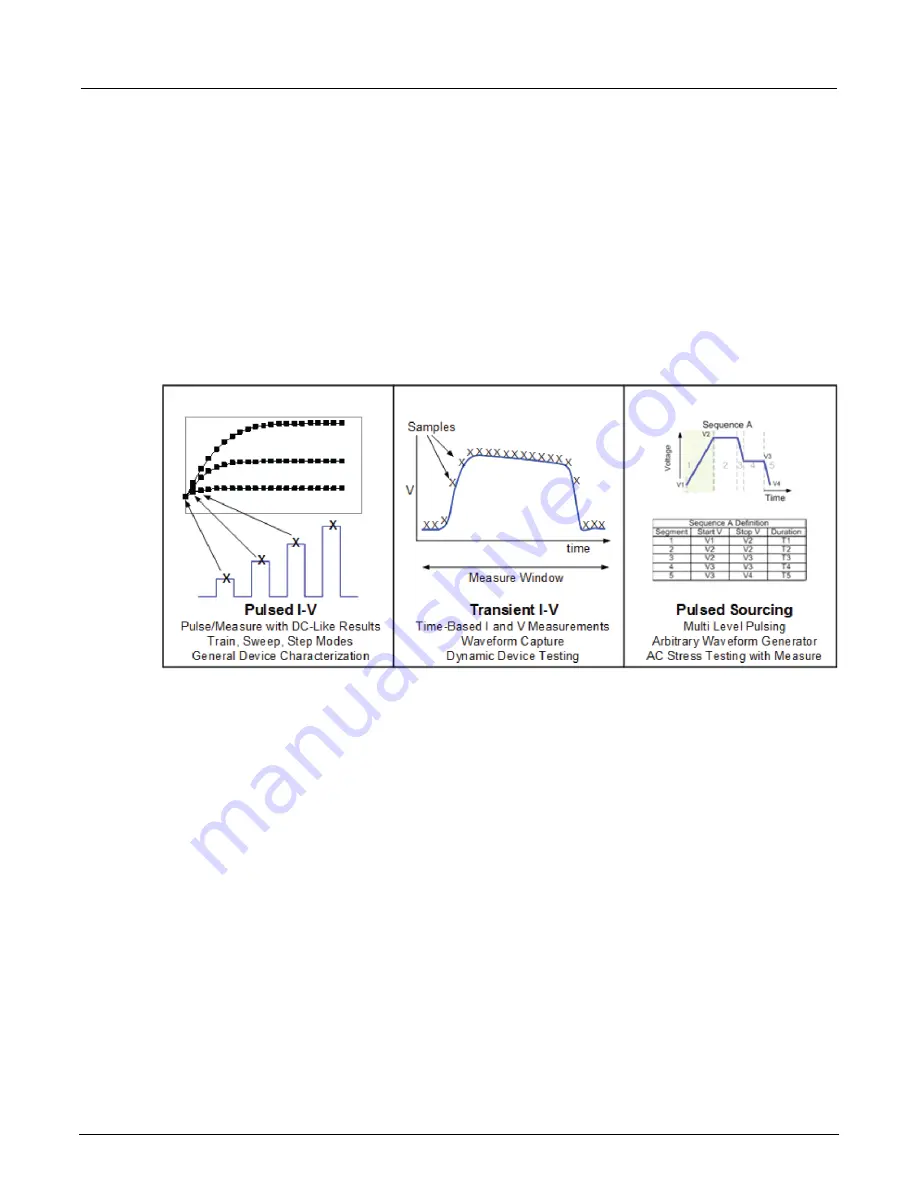
Section 4: Pulse card concepts
Model 4200A-SCS Pulse Card (PGU and PMU) User's Manual
4-8
4200A-PMU-900-01 Rev. A December 2020
Ultra-fast I-V tests
You can use the 4225-PMU to do these types of ultra-fast I-V tests:
•
Pulsed I-V
•
Transient I-V
•
Pulsed sourcing
The modes are illustrated in the following figure.
Figure 82: 4200A Ultra-fast I-V tests
“Pulsed I-V” refers to any test with a pulsed source and a corresponding high speed, timed-based
measurement that provides DC-like results. The current, plus voltage measurement, is an average of
readings taken in a predefined measurement window on the pulse. This average of readings is called
the "spot mean." You can define the parameters of the pulse, including the pulse width, duty cycle,
rise and fall times, amplitude, and so on.
“Transient I-V,” or waveform capture, is a time-based current, including voltage measurement, that is
typically the capture of a pulsed waveform. A transient test is typically a single pulse waveform that is
used to study time-varying parameters, such as the drain current degradation versus time due to
charge trapping or self-heating. Transient I-V measurements can be made to test a dynamic test
circuit or can be used as a diagnostic tool for choosing the appropriate pulse settings in the
pulsed I-V mode.

